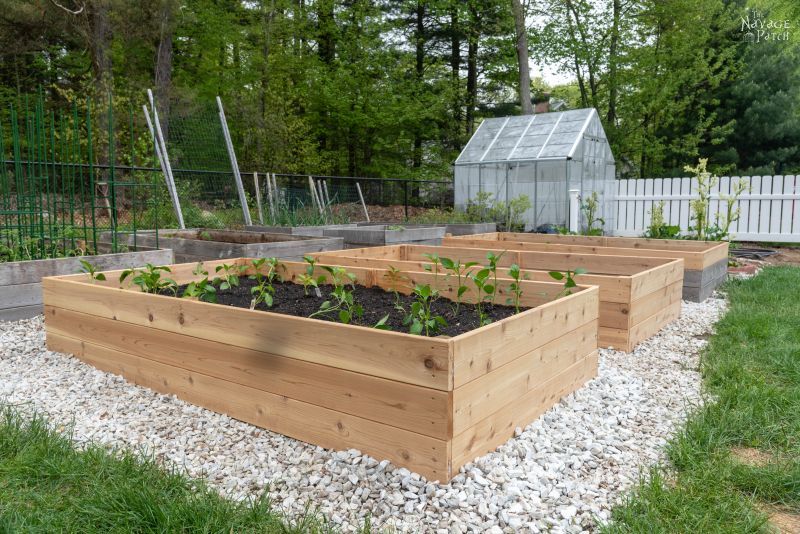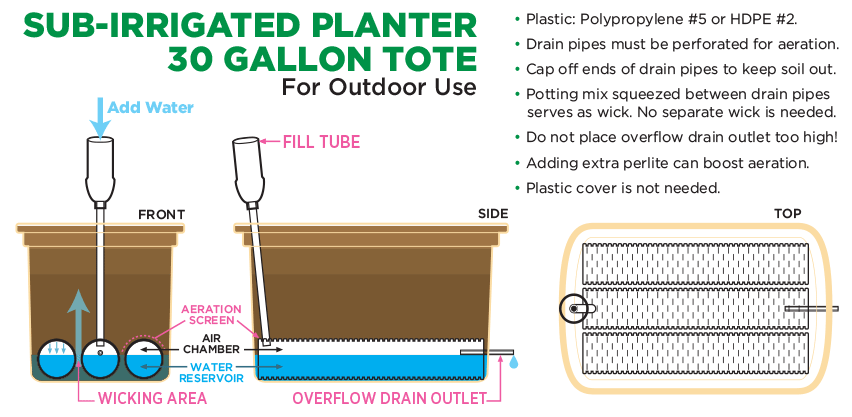Utilizing square feet is one of the best ways to grow plants. Dividing the planting space into smaller portions makes managing and maintaining each plant easier, resulting in healthier and more productive plants. Overcrowding and resource competition are reduced, leading to better growth outcomes.
Square-foot gardening is more sustainable and environmentally friendly than traditional gardening techniques. It requires less water and fertilizer, and the compact design allows for better weed and pest control. Plants placed closer together in a more extensive garden yield healthier and greater yields.
Square foot gardening is a great way to introduce gardening to beginners, including kids. It is simple to learn and provides an opportunity to care for various plant species in a small space. The method is gentle on the environment and produces quick results, making it an attractive option for those new to gardening.
The soil mixture per square foot is crucial to create a successful garden. Plants obtain their nutrition from the soil, so using a balanced mix that retains water and allows for aeration is vital. Organic substances such as compost and manure provide essential nutrients, while perlite or vermiculite can help soil compaction and improve water drainage, facilitating root development.
Different plants require different pH levels, so maintaining a good pH balance in the soil is essential. Regular soil checks and necessary pH adjustments prevent nutrient deficiencies and toxicity, ensuring optimal growth and efficiency of your plants. Including natural substances like compost and well-decomposed manure also improves soil nutrient content and supports beneficial microorganisms that aid decomposition and nutrient access.
Suitable spacing can also ensure the right conditions for a square-foot garden. It is possible to prevent overcrowding by planning as well as distributing sufficient space for every plant, while reducing resource competition. The plants will receive enough sunlight, nutrients, and water for good growth and increased yields. Correct spacing encourages better airflow and decreases the danger of pests and diseases. Furthermore, it is much easier to gather the crops without creating the crops to grow constantly or even damage them. Simply by following these spacing suggestions, you can boost the effectiveness and output of your square-foot garden, leading to a plentiful and prosperous harvest.
Maintaining a flourishing square-foot garden requires standard upkeep, such as regular weeding, watering, and checking for pests and diseases. Removing weeds from your square-foot garden is crucial to prevent competition for essential nutrients and sunlight that might hinder the growth of your plants. Properly watering your plants and keeping a watchful eye for pests and diseases will ensure that they grow and produce at their best, while also taking care of any issues as they arise. Regularly maintaining your square-foot garden can increase the chances of a bountiful and thriving harvest.
By implementing these techniques, you can cultivate a productive and long-lasting garden that will enhance your home's beauty and bounty. Rotating your crops every year is essential to avoid nutrient depletion and perform other basic maintenance tasks. This technique also helps keep pests and diseases from thriving in your garden. Sustainable gardening methods can sustain a healthy ecosystem that supports plant life, beneficial insects, and wildlife. You'll enjoy your garden when it's healthy and vibrant for many years.
Key Take Away
The main point of square-foot gardening is that it helps you divide your growing space into smaller areas, making it easier to manage and maintain. This technique requires less water and fertilizer than traditional gardening methods, making it more sustainable and environmentally friendly. The compact layout helps reduce weeds and pests, resulting in higher yields and improved plant health. If you're new to gardening, it's best to begin with a small plot of land called a square foot.
Use the proper soil mixture to maximize your garden's potential - a blend of organic materials and organic matter balanced with pH and perlite. Maintaining a healthy pH in the soil is crucial to avoid nutrient deficiencies and toxicity that can lead to optimum plant growth and productivity. Proper spacing helps regulate overcrowding and resource competition, essential for the plants' successful growth and higher yields. Regular upkeep, such as weeding, watering, and identifying pests and diseases, is critical for a healthy square-foot garden. Crop rotation yearly helps maintain soil health and prevent the accumulation of crop-specific pests and diseases. Sustainable gardening methods can help keep a healthy garden that supports crops, animals, and beneficial insects for years to come.
Is Square Foot Gardening For You?
Composting Basics That You Need To Know
Raised Bed Gardening Ideas That You Can Use
Raised Garden Beds
Links:


